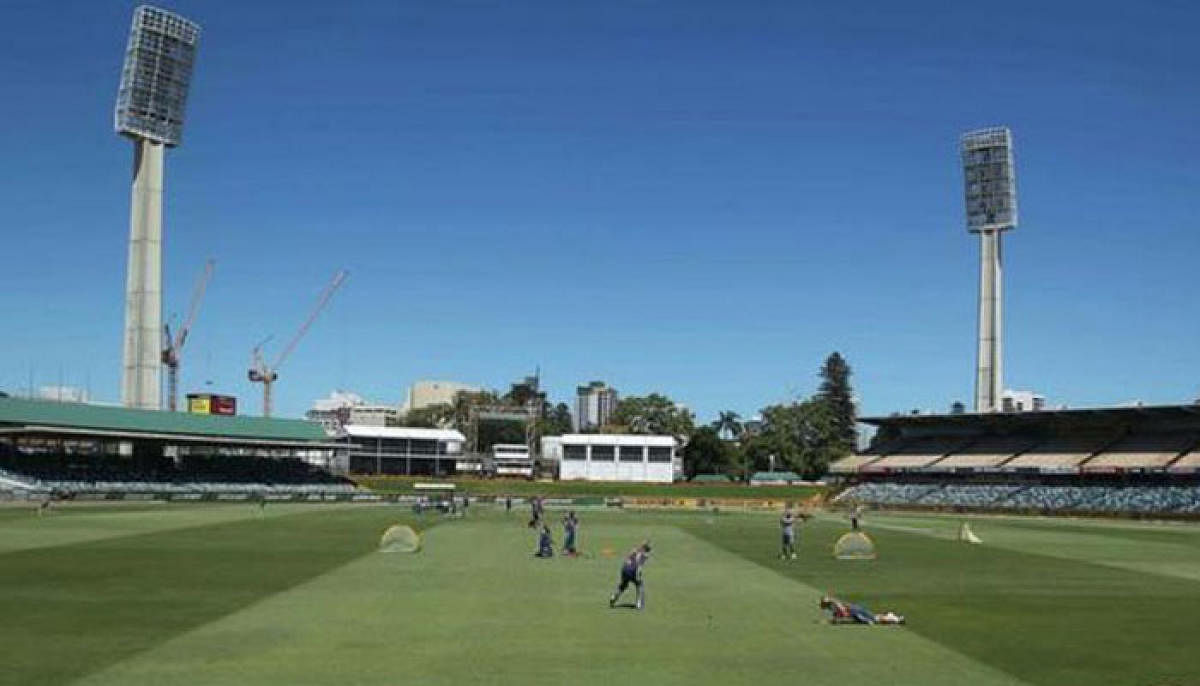

The Western Australia Cricket Association Ground or simply the WACA will be consigned to history as a Test venue when India and Australia clash in the second match of the ongoing series at the newly-built Optus Stadium in Burswood suburb.
It, thus, marks the end of an era in Australian cricket whose commercial interests are trumping everything else. Unlike the majestic MCG or the grand Adelaide Oval or the regal SCG, WACA is charming in its simplicity. Unlike the other imposing stadia Down Under, this one was built on a swamp of land and almost looks cramped for space. The only noticeable concrete work is the gigantic floodlight pillars whose unremarkable architecture goes with the feel of the stadium. WACA fought hard to save its identity but eventually had to give in to the growing corporatisation of cricket Down Under.
WACA administrators had once already compromised on playing area and seating capacity while sprucing up the stadium but cramped for space, they couldn’t have done more to increase the capacity beyond 22,000 which appears to be the main reason to shun it as an international venue.
The new stadium boasts of 60,000 capacity, meeting the demands of huge footfalls during Big Bash League and Aussie Rules Football matches.
Most Australian grounds are used for multi-sports purpose -- particularly for AFL and cricket -- and that’s why the majority of the grounds now have drop-in pitches. The Burswood Stadium too has a drop-in pitch which will be hosting its first Test, although two ODIs have been played on it with England and New Zealand winning once each.
The Optus ground was out of bounds for journalists on Wednesday with only paid-entries (AUD 25) allowed for a guided tour of the sprawling sporting facility. While the two ODIs are hardly any indicators of how the pitch will turn out for its maiden Test, all suggestions are that it’s going to have generous pace and bounce, making it an interesting battle between Indian and Australian pacers.
While that remains to be seen, it’s hard not to reminisce the WACA surface that was batsmen’s nightmare and fast bowlers’ paradise. Its famous pace, the cracks and the disconcerting bounce that would put a batsman’s limbs in danger more than his wicket will now just be a memory.
It is the same wicket where once Curtly Ambrose took seven wickets for one run, Tony Grieg lost his car key in one of the cracks while doing a pitch report and Geoff Marsh’s bat got stuck in one of those big cracks and stood still! The searing heat, the Fremantle Doctor -- the afternoon sea breeze that is said to aid swing -- and the flies that constantly buzz in your ears add to the mystique of this ground.
“I remember coming to Test Matches here all the time,” said Australia opener Marcus Harris, the local boy. “I remember coming to watch India here a few years ago, a while ago now, and it might have been Shane Watson getting 50. I remember how loud the crowd was and just the feeling imagining if you were that bloke in the middle of the field. So, it is good to be the person on the field now. I remember the first Test that I ever came to -- I think within the first five minutes, Glenn McGrath had a hat-trick against the West Indies… So there have always been great memories for me coming to Test Matches in Perth and hopefully I can create some memories for young kids coming to games at the new stadium,” he remarked.
As India went through their practice on the WACA pitch, one couldn’t resist slipping back to 2008 when the tourists pulled off a magnificent 72-run win against the hosts after the acrimonious Sydney Test now infamous for the Monkey-gate episode. With an overwhelming sense of being wronged both on and off the field, India fought back like caged tigers when everyone expected them to roll over on a Perth pitch and it was here that the legend of Ishant Sharma was born.
“Ek aur karega (will you bowl one more over?),” asked skipper Anil Kumble to the 22-year-old pacer who had already bowled a long spell. He obliged and for the second time in the game removed Aussie captain Ricky Ponting who was threatening to take the game away from the Indians. The pacer, now the leader of a potent attack, just sat in the dressing room on Wednesday watching India’s proceedings as if treasuring a piece of history.